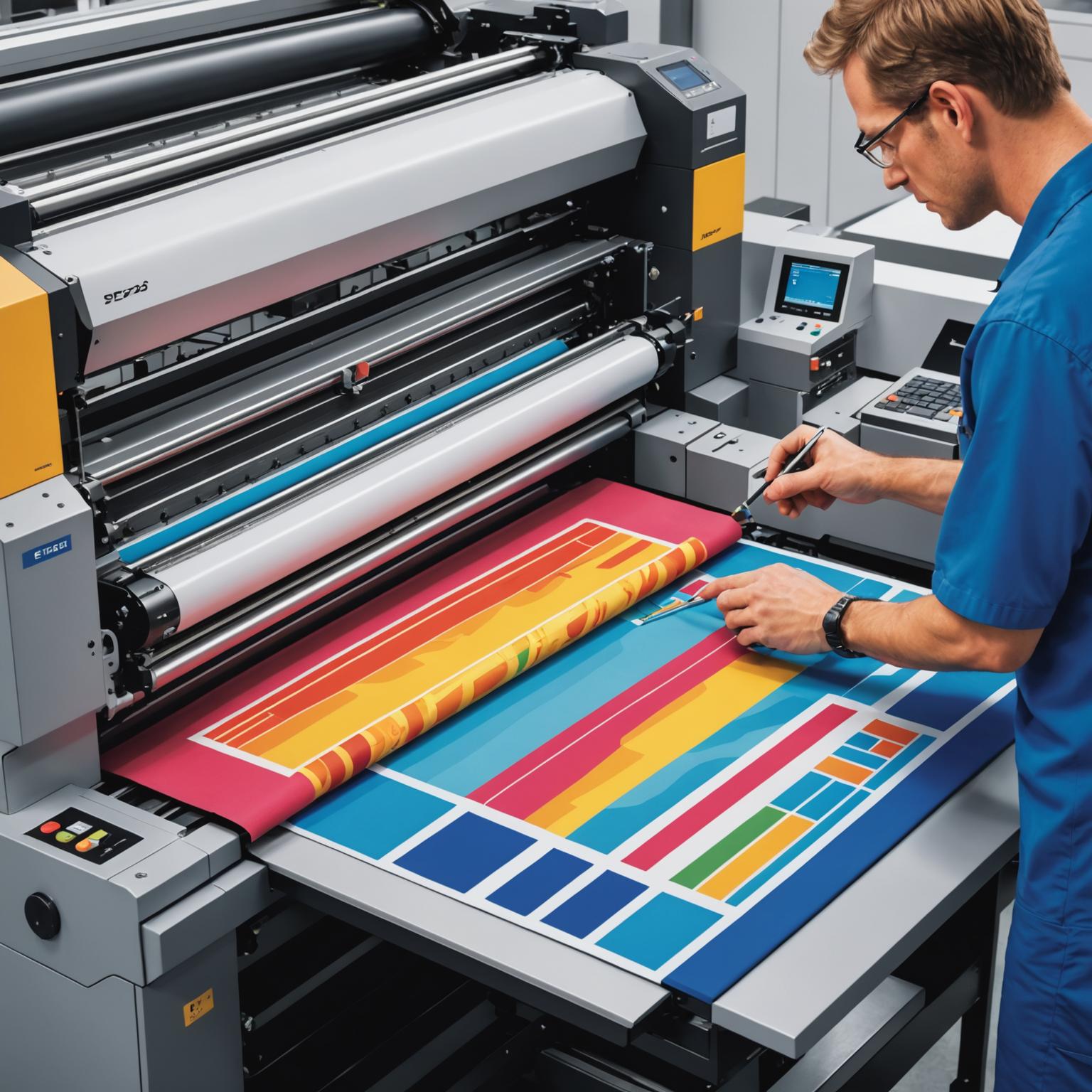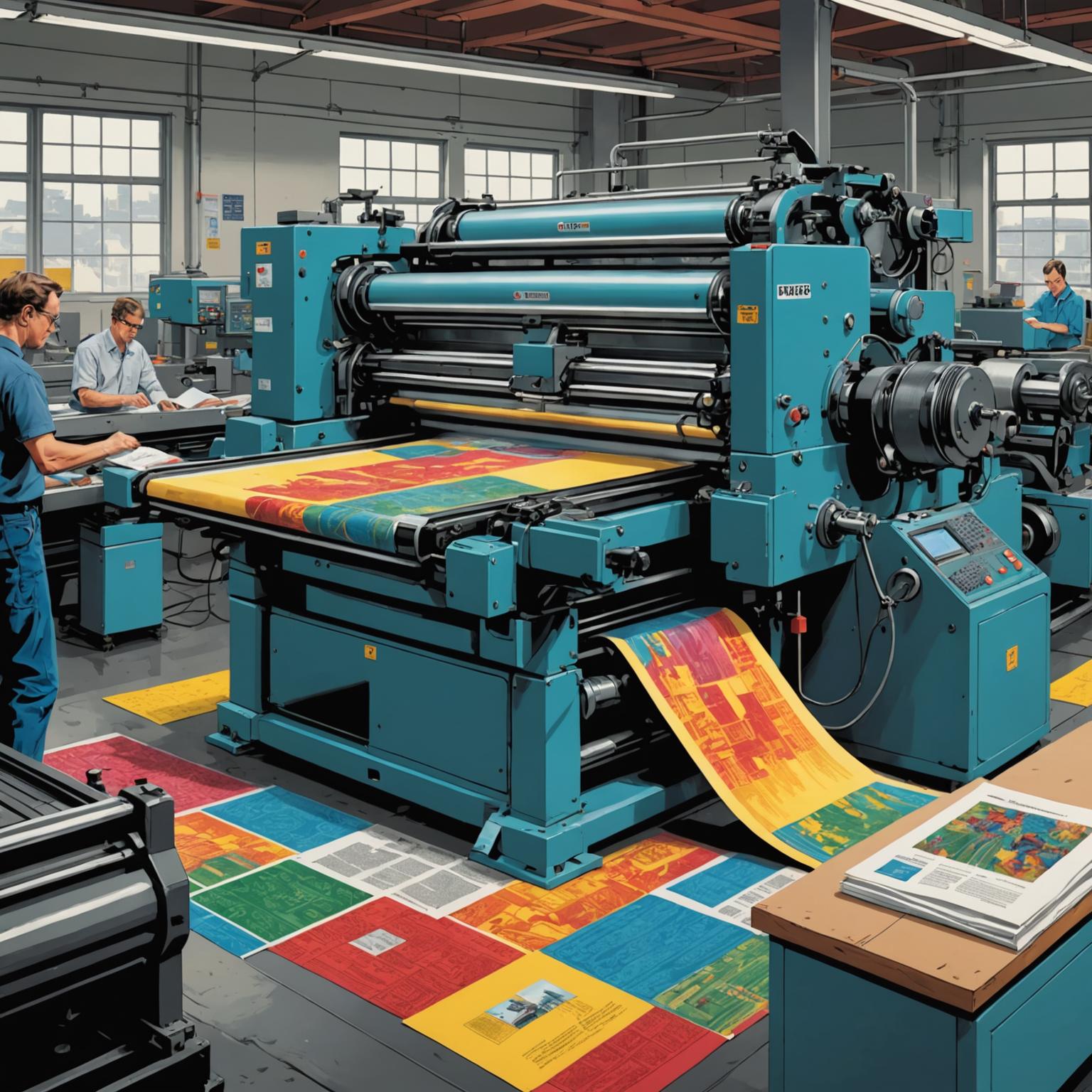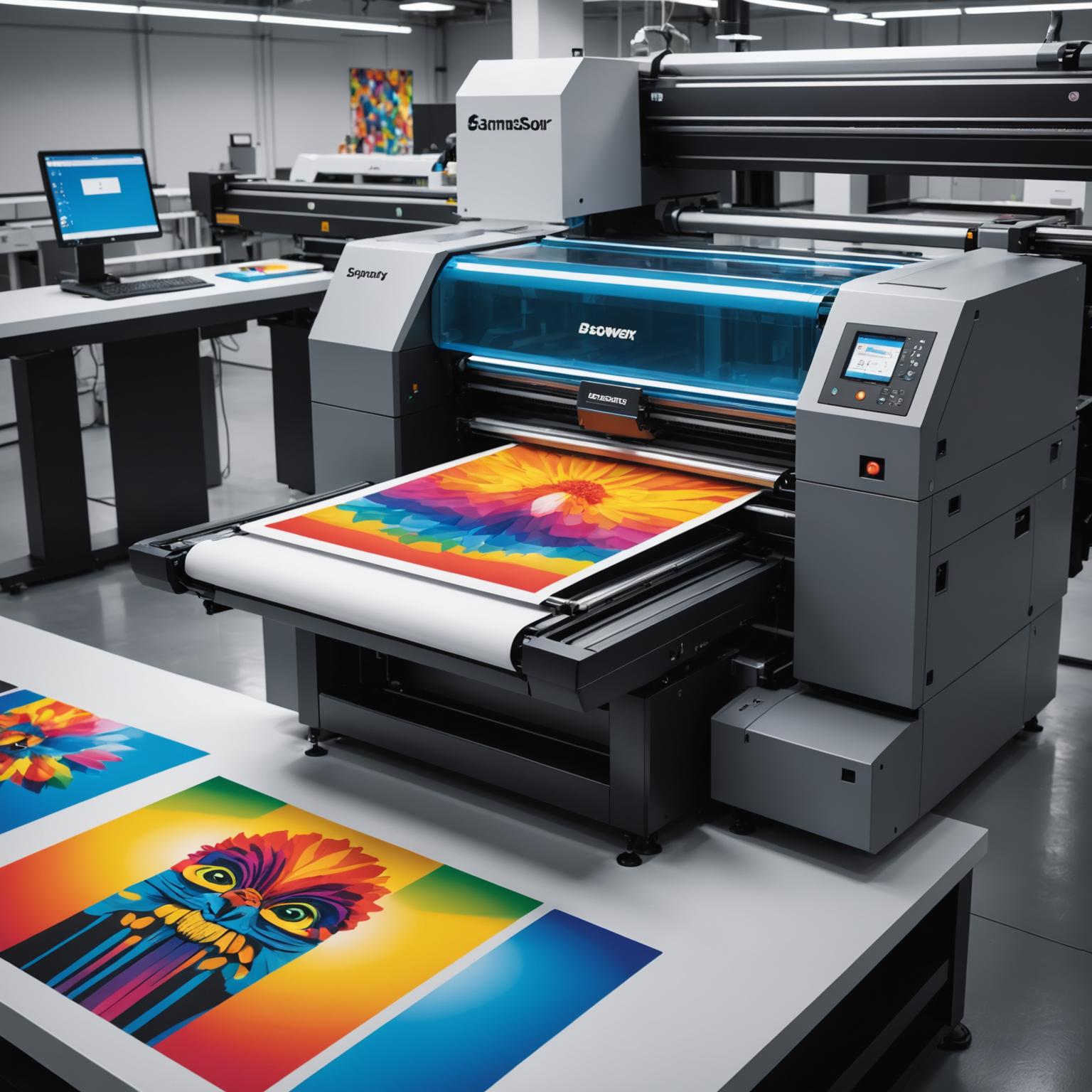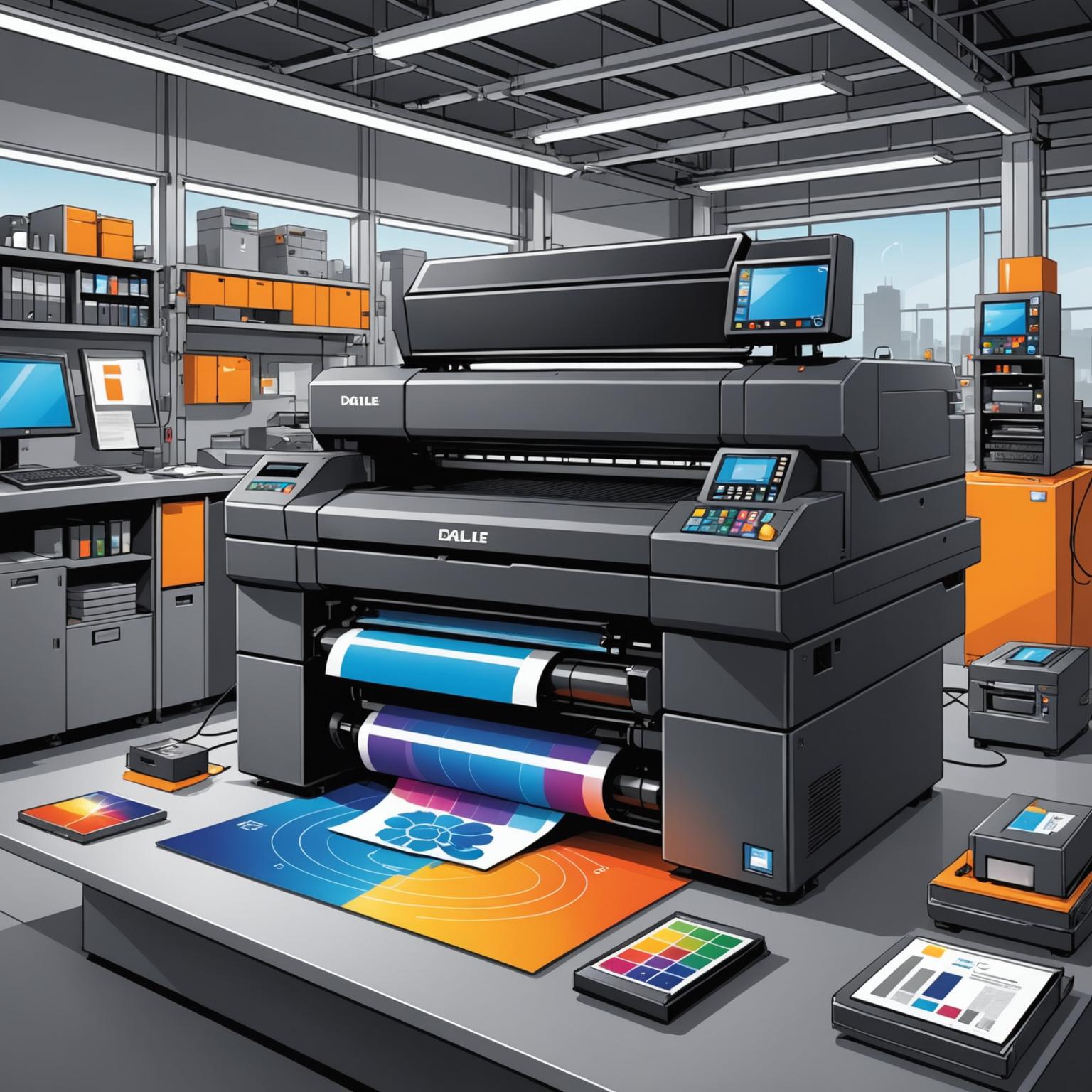The Next Generation of Tracking and Identification
In today's fast-paced commercial environment, accuracy and efficiency are paramount. The ability to track, identify, and manage individual items throughout the supply chain is no longer a luxury but a necessity. This is where the power of a variable data printable label comes into play, offering a dynamic solution for industries ranging from manufacturing to logistics and retail. These labels go beyond static information, creating unique identifiers for each product, package, or asset, laying the groundwork for a more intelligent and responsive operational workflow.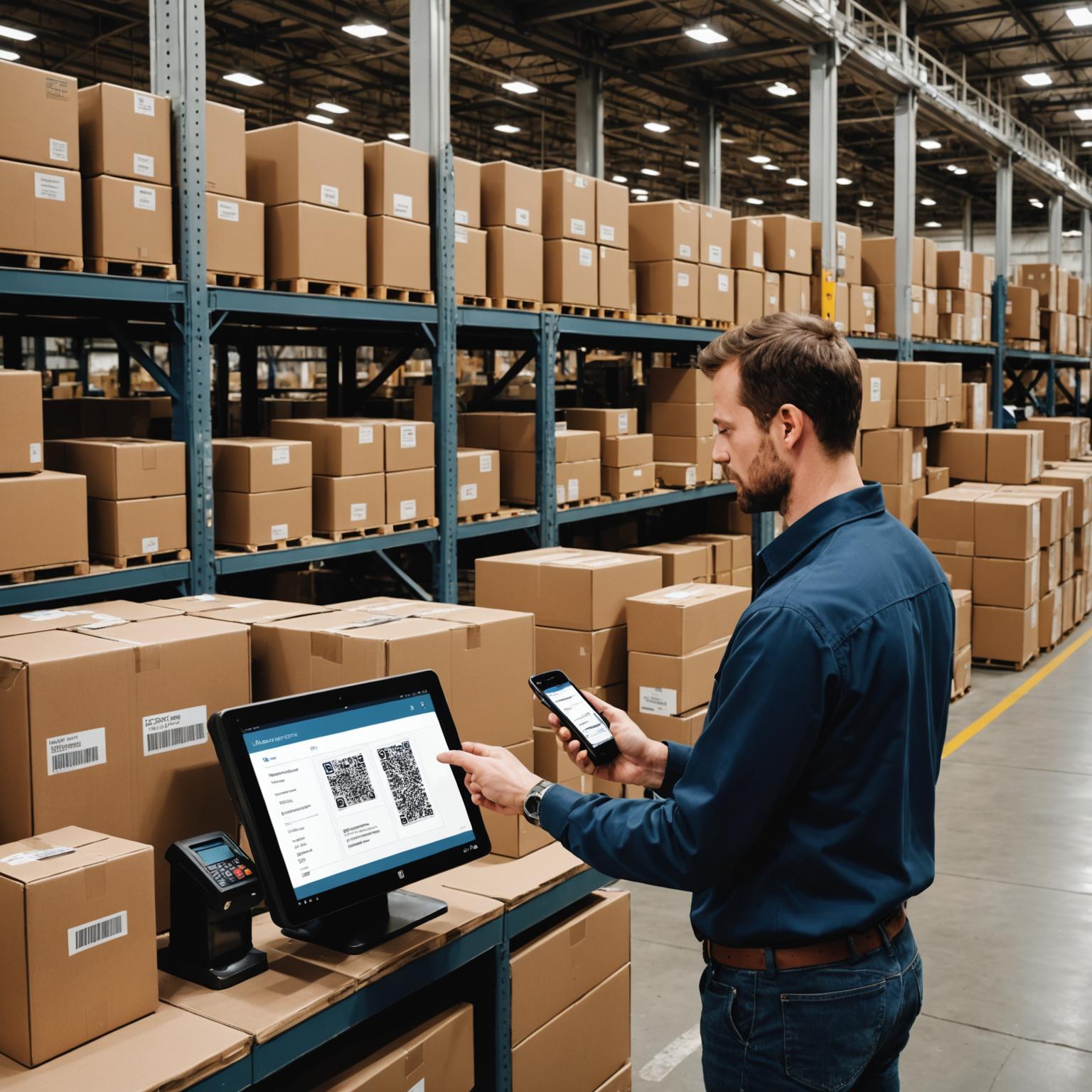
Understanding Variable Data Printing
A variable data printable label is produced using a digital printing technique that allows for the modification of elements on each individual label without interrupting the printing process. Unlike traditional printing where every copy is identical, variable data printing (VDP) can change text, barcodes, QR codes, serial numbers, or even images from one label to the next in a single print run. This capability is fundamental for mass personalization and serialization. For example, a beverage company can print unique promotional codes on each bottle, or a pharmaceutical manufacturer can assign a unique serial number to every package to combat counterfeiting and facilitate track-and-trace requirements. The primary benefit is the ability to create a one-of-a-kind identity for every single item, which is crucial for modern data management and security.
Integrating Advanced Technology: The Rise of RFID
While barcodes have been the standard for decades, they are being enhanced and in some cases replaced by a more powerful technology: Radio-Frequency Identification, more commonly known as RFID. This technology uses radio waves to automatically identify and track tags attached to objects. An RFID tag consists of a small chip and an antenna, which can store significantly more data than a standard barcode. The most significant advantage of this system is that it does not require a direct line of sight between the reader and the tag. A scanner can read hundreds of tags per second from a distance, even if they are inside a box or pallet, dramatically accelerating processes like inventory counts and shipment verification.
The Synergy of Printable Labels and RFID
The true evolution in labeling technology occurs when these two concepts merge. By embedding a passive RFID inlay within a variable data printable label, businesses gain the best of both worlds. The surface of the label can be printed with human-readable information, such as product details, shipping addresses, and a scannable barcode for legacy systems. Simultaneously, the embedded chip can be electronically encoded with an expanded set of data—a unique electronic product code (EPC), manufacturing date, batch number, or shipment history. This dual-functionality creates a 'smart label' that bridges the gap between manual and automated systems, enhancing visibility and data accuracy at every touchpoint. This synergy streamlines inventory management, reduces shipping errors, and provides a robust foundation for asset tracking.
Implementing an RFID Labeling System
Adopting an integrated labeling solution requires careful planning. Businesses must invest in printers that are capable of both printing on the label's surface and encoding the internal RFID chip, often called printer/encoders. The selection of the tag itself is also critical; factors like the frequency, memory capacity, and physical form factor must be matched to the specific application and operating environment, as materials like metal and liquid can interfere with radio waves. Finally, the data captured by the readers must be integrated into a central software system, such as an Enterprise Resource Planning (ERP) or Warehouse Management System (WMS), to turn the raw data into actionable business intelligence. While there is an initial investment, the long-term returns in efficiency, accuracy, and supply chain visibility are substantial.



